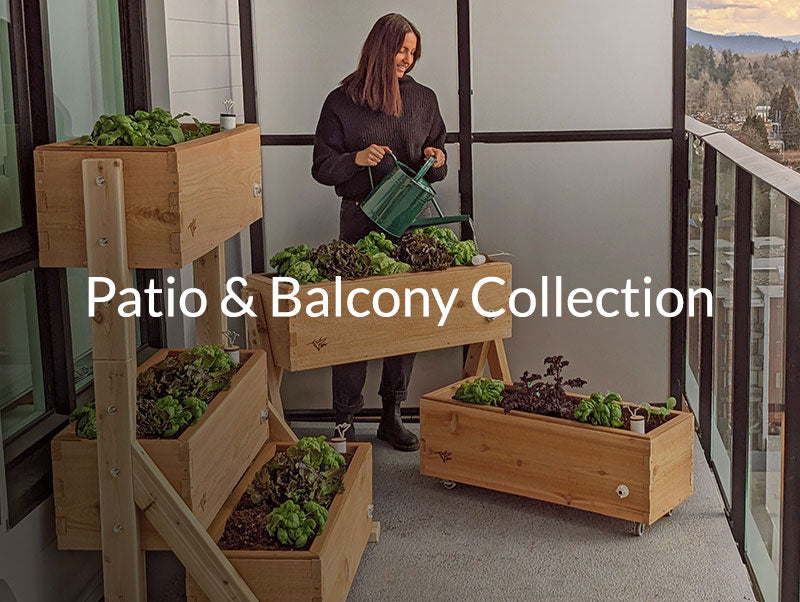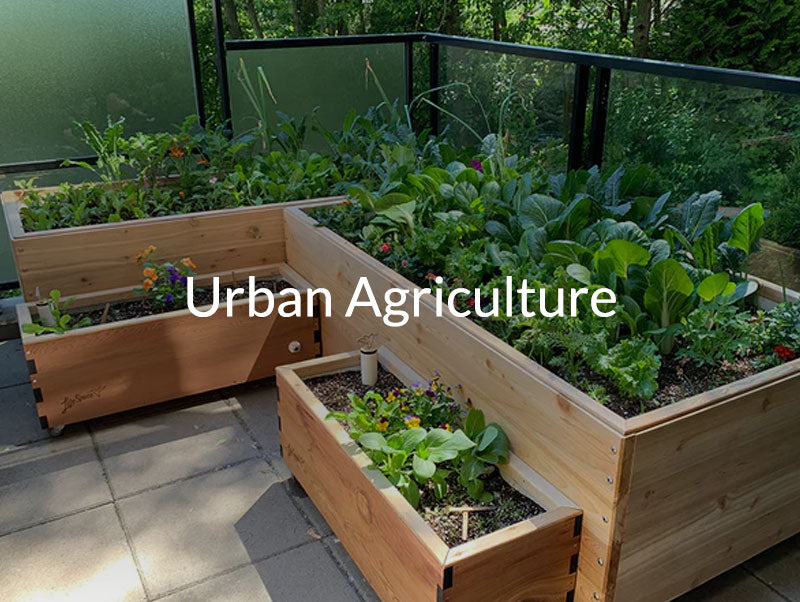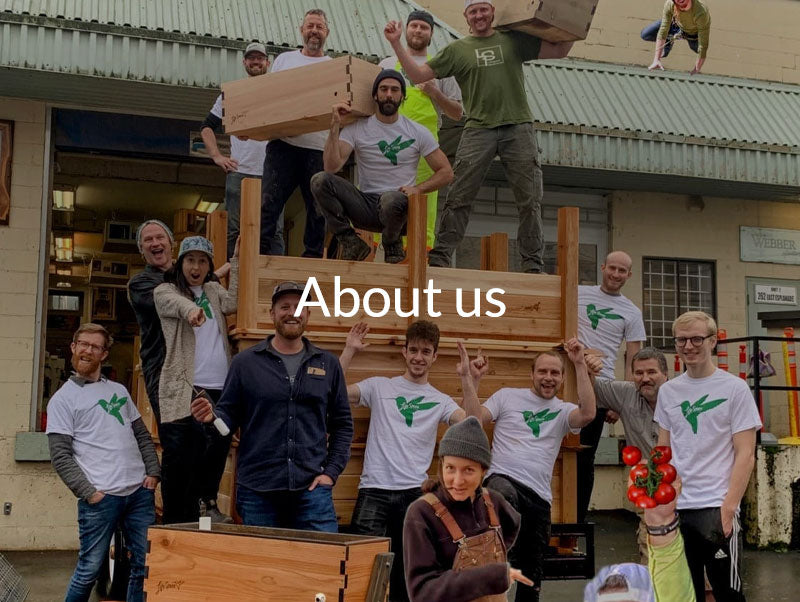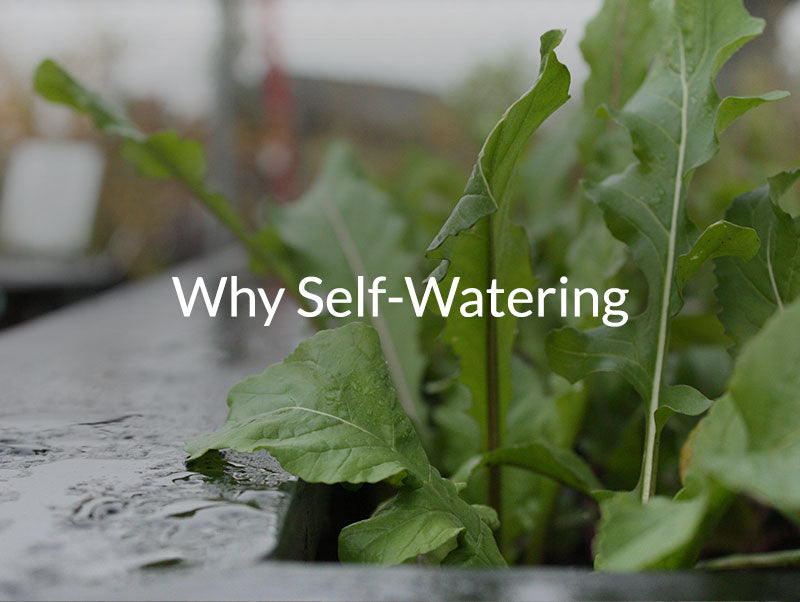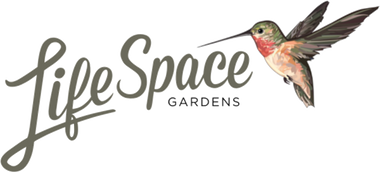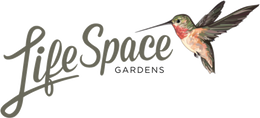Ideal Soil Structure & Living Soil
Simply speaking, growing with the right soil is key to immediate and long term garden outcomes. For a self-watering garden, soil structure is just as important as the soil nutrients. To maximize the wicking action, and enjoy self-watering success for years to come, follow these guidelines.
For self-watering success, soil structure is key! Standard topsoil is not recommended. You need a blend ideal for wicking - loose, friable and porous like a sponge. The right structure creates an environment for upward capillary draw, while also allowing for strong aeration to the roots of your plants.
BASIC SOIL RECIPE
Roughly 1 part perlite, 3 parts compost, 3 parts peat moss / coir. *Add worm castings for a bonus boost of added nutrients and an organic mineral based 4-4-4 fertilizer for all trace elements.
WORMS & WORM CASTINGS
Adding earth worms to your garden is perhaps the most important thing you can do for long term success. They will keep your soil aerated and packed with nutrients - while digesting old roots and organic matter. A magical combination with self-watering gardens.
Adding additional worm castings to your garden is also one of the best things you can do for soil fertility. With essentially no risk, worms castings are packed with nutrients immediately available to your plants.
Consider adding a worm composting bin like the HungryBin to your garden set up for ongoing premium garden fertilizer made from your food scraps.
SOIL AMENDING AND FERTILITY
We amend our soil before every new seasonal planting by adding a side dressing of organic compost, planting with worm castings and using a balanced organic fertilizer. When more advanced, fertility boosts can be delivery with regular applications of compost tea.
